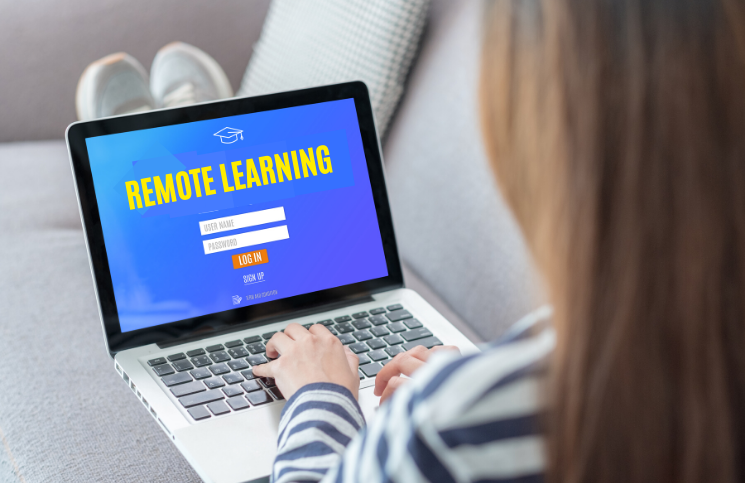Bringing e-learning to remote areas can significantly transform education in Guyana, especially for students in hinterland regions where access to quality education is a challenge due to limited infrastructure and resources. While Guyana does not currently have a "Global Classroom Initiative" (GCI) as mentioned, implementing a similar platform could revolutionize learning for these underserved areas.
The use of e-learning platforms, like low-bandwidth video conferencing and downloadable content, can be highly effective in areas with unreliable internet access. These tools can bridge the gap by providing students with access to experienced teachers and educational resources.
In fact, similar platforms have shown success in countries like India, where rural education has been transformed through initiatives like Digital India, which brings education to remote villages via mobile technology. Similarly, Caribbean nations like Jamaica have invested in digital education, ensuring access to online learning for students in rural areas.

In Guyana, some successful pilot projects, such as the Smart Classroom initiative, already exist. These programs provide students with virtual learning tools, helping them access quality education remotely. However, widespread access to e-learning technologies is still in its early stages due to limitations in internet connectivity across the hinterlands.
By expanding these initiatives and investing in telecommunication infrastructure, Guyana has the opportunity to introduce a similar initiative like the GCI. This would ensure that students, regardless of where they live, can benefit from the same educational opportunities as those in urban centers, addressing long-standing disparities in education across the country.